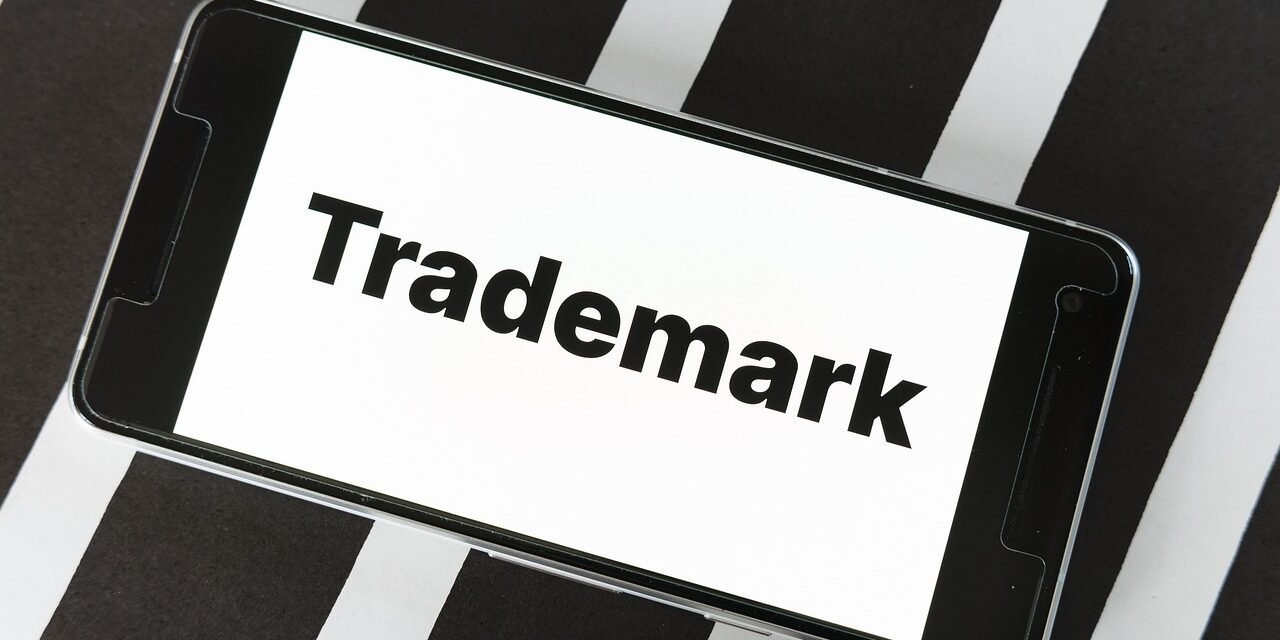Fraud Detection and Response
Fraud Response Best Practices
Fraud Detection and Response: Best Practices for Businesses
Introduction
Fraud can have far-reaching consequences to individuals, businesses, and institutions. It erodes trust, destabilizes financial systems, and can lead to significant financial losses. If you suspect fraud, it’s vital to act quickly and follow appropriate procedures to investigate and resolve the issue. When fraud is suspected, a structured approach is essential to manage the situation effectively. This comprehensive guide will walk you through the procedures to follow if fraud is suspected, highlighting the steps necessary to investigate and address the issue while minimizing damage.
Recognizing the Signs of Fraud
Fraud can manifest in various forms, and recognizing its signs is the first step toward addressing it. The most common indicators include:
- Financial Discrepancies: Inconsistent financial records, unexplained variances, or discrepancies in bank statements may signal fraudulent activity.
- Missing Documentation: A lack of proper documentation, such as missing invoices or contracts, can be a red flag.
- Suspicious Behavior: Employees or third parties displaying unusual or secretive behavior may be involved in fraudulent activities.
- Customer or Vendor Complaints: If customers or vendors raise concerns about billing, payments, or unauthorized transactions, it could indicate fraud.
- Unauthorized Transactions: Any transaction that lacks proper authorization or approval should be investigated.
Immediate Steps to Take
If you suspect fraud, quick action is key to minimizing potential damage. Follow these immediate steps to ensure evidence is preserved and further harm is prevented:
-
Secure Evidence
Begin by collecting and securing evidence related to the suspected fraud. This can include financial records, emails, invoices, contracts, electronic files, and any other documentation that may be relevant. Ensure this evidence is stored in a secure location to prevent tampering or destruction.
-
Notify Relevant Parties
Inform the appropriate individuals within your organization. Depending on the structure of your organization, this could be senior management, the board of directors, the audit committee, or the compliance team. The goal is to ensure that the right people are aware of the situation and can initiate the appropriate response.
-
Engage Legal Counsel
Consult with legal counsel to understand your rights and obligations. Fraud investigations can be complex, and it’s crucial to ensure that your actions are legally sound. Legal counsel can provide guidance on privacy laws, data protection, and other legal considerations.
-
Consider Suspending Individuals Involved
If the suspected fraud involves employees or other internal parties, consider suspending them while the investigation is ongoing. This step is important to prevent further fraudulent activity and protect the integrity of the investigation. However, it must be handled carefully to avoid wrongful dismissal or defamation claims.
Conducting an Investigation
After taking immediate steps to secure evidence and notify relevant parties, the next phase is a thorough investigation. The investigation aims to gather facts, identify those involved, and assess the extent of the fraud. Here’s how to approach this phase:
-
Appoint an Investigator
Designate a qualified individual or team to lead the investigation. This could be an internal auditor, a compliance officer, or an external investigator with expertise in fraud cases. The investigator should be independent and impartial to ensure a fair and thorough investigation.
-
Interview Witnesses
Speak with anyone who may have information related to the suspected fraud. This could include employees, customers, vendors, or third parties. The interviews should be conducted in a structured manner to gather as much information as possible.
-
Review Financial Records
Conduct a comprehensive review of financial records, including bank statements, accounting ledgers, invoices, and expense reports. Look for patterns, discrepancies, or anomalies that could indicate fraudulent activity. Pay close attention to unusual transactions, unauthorized expenses, or duplicate payments.
-
Analyze Digital Evidence
If the suspected fraud involves electronic transactions or communications, a thorough analysis of digital evidence is required. This could involve examining emails, computer files, logs, and internet browsing history. Digital forensics experts can help extract and analyze data to uncover evidence of fraud.
-
Document the Findings
Throughout the investigation, document all findings, including evidence collected, witness statements, and any other relevant information. A well-documented investigation is crucial for legal proceedings and helps ensure transparency and accountability.
Taking Corrective Action
Once the investigation is complete and the extent of the fraud is known, it’s time to take corrective action. This step aims to address the fraud, hold responsible parties accountable, and prevent future occurrences. Consider the following corrective measures:
-
Disciplinary Action
If the investigation confirms that fraud has occurred, take appropriate disciplinary action against those responsible. This could include termination of employment, legal action, or other consequences, depending on the severity of the fraud and the policies of your organization.
-
Implement Controls
Review your organization’s internal controls and procedures to identify any weaknesses that allowed the fraud to occur. Strengthen existing controls or implement new ones to prevent similar incidents. This could involve enhancing oversight, improving approval processes, or implementing stricter security measures.
-
Report to Authorities
In cases where the fraud involves criminal activity, such as embezzlement or identity theft, it may be necessary to report the matter to law enforcement or regulatory authorities. Consult with legal counsel to ensure compliance with reporting requirements and to determine the appropriate authorities to contact.
-
Recovering Losses
Take steps to recover any losses incurred as a result of the fraud. This could involve pursuing legal action against the perpetrators, seeking restitution through insurance claims, or other means. The process of recovering losses can be complex, so legal and financial experts may be needed.
Conclusion
Suspecting fraud can be daunting, but by following the proper procedures, you can effectively address the situation and protect your organization. The key is to act quickly, conduct a thorough investigation, and implement corrective measures to mitigate the impact of fraud and prevent its recurrence. By taking these steps, you can safeguard your organization and maintain the trust of stakeholders.
- 66 views





